Esta entrada fue actualizada el 9 de noviembre del 2014.
(This post was updated November 9th, 2014.)
A stroll through San José
The National Museum of Costa Rica
The National Museum of Costa Rica
El Museo Nacional desde la Plaza de la Democracia
(The National Museum from the Democracy Plaza)
-----------------------------------
Fotografías antiguas
(Old photographs)
Diario La Tribuna del 25 de febrero de 1921
(Newspaper La Tribuna dated February 25th, 1921)
(The National Museum from the Democracy Plaza)
The National Museum of Costa Rica was founded on May 4, 1887, being President of the Republic don Bernardo Soto and Minister of Promotion don Cleto González Víquez.
The definition of their functions were given in 1888, which were expanded in the Decree of August 14, 1917. As an institution, the Museum belonged to the Ministry of Promotion, to the University of Costa Rica, then went back to the Ministry of Public Education and finally in the 1970s, became part of the Ministry of Culture, Youth and Sports.
The National Museum has held four different headquarters throughout its history. Of these, three locals were already demolished. It is currently located in the building that would be the Cuartel Bellavista.
This place is the product of a series of transformations of the House that built the German naturalist, Alexander Von Frantzius in 1870, and that in 1876 was acquired by the Costa Rican educator, don Mauro Fernández.
At present, the National Museum of Costa Rica has four permanent exhibitions that are linked to two of its major research areas: anthropology and history. And the temporary exhibit is related to research projects and the collections of the Museum, including religious art, insects, geology, fine arts and others. They are also a space for exhibitions of other countries.
The Museum has a variety of collections, mainly in the areas of anthropology, national history and natural history. These collections give life to the permanent and temporary exhibitions of the National Museum. Occasionally, some pieces are lent to other museums for display and also for international exhibitions. They are the basis of the research projects carried out by the scientists of the institution and are provided to students and researchers for specialized studies and publications.
Research is one of the most important activities of the National Museum. Since its creation, the Museum promotes projects in the areas of natural history, anthropology and history of Costa Rica. Among the objectives of the various investigations is increasing quantitatively and qualitatively the existing collections and raising awareness of the public in general through exhibitions, chats, conferences, workshops, courses and other educational activities. Source: Costa Rica Tour, available on January 26th, 2012.
-----------------------------------
Click on the images to enlarge.
-----------------------------------
El Museo Nacional de Costa Rica se fundó el 4 de mayo de 1887, siendo presidente de la República don Bernardo Soto y Ministro de Fomento don Cleto González Víquez.
La definición de sus funciones se dan en 1888, las cuales se ampliaron en el Decreto del 14 de agosto de 1917. Como institución, el museo perteneció al Ministerio de Fomento, la Universidad de Costa Rica, luego se integró de nuevo al Ministerio de Educación Pública y finalmente en la década de 1970, pasó a formar parte del Ministerio de Cultura, Juventud y Deportes.
El Museo Nacional ha ocupado cuatro sedes diferentes a lo largo de su historia. De ellos, tres locales ya fueron demolidos. En la actualidad se ubica en el edificio que fuera el Cuartel Bellavista.
Este lugar es producto de una serie de transformaciones de la casa que construyó el naturalista alemán, Alexander Von Frantzius en 1870, y que en 1876, adquirió el educador costarricense don Mauro Fernández.
En la actualidad, el Museo Nacional de Costa Rica cuenta con cuatro exhibiciones permanentes que están vinculadas a dos de sus principales áreas de investigación: la antropología y la historia. Y la exhibición temporal da lugar a temas relacionados con proyectos de investigación y las colecciones del Museo. Entre ellas, el arte religioso, los insectos, la geología, las artes plásticas y otros. También son un espacio para las exhibiciones de otros países.
El Museo cuenta con una gran variedad de colecciones, principalmente de las temáticas de antropología, historia nacional e historia natural. Estas colecciones dan vida a las exhibiciones permanentes y temporales del Museo Nacional. En ocasiones, algunas piezas son prestadas a otros museos para su exhibición y también para exposiciones internacionales. Son la base de los proyectos de investigación a cargo de los científicos de la institución y se facilitan a estudiantes e investigadores para estudios especializados y publicaciones.
La investigación es una de las actividades más importantes del Museo Nacional. Desde su creación, el Museo impulsa proyectos en las áreas de historia natural, antropología e historia de Costa Rica. Entre los objetivos de las diferentes investigaciones, se encuentra el aumentar cuantitativa y cualitativamente las colecciones existentes y fomentar el conocimiento del público en general, a través de exhibiciones, charlas, conferencias, talleres, cursos y otras actividades educativas. Fuente: Costa Rica Tour, disponible el 26 de enero del 2012.
-----------------------------------
Haga click sobre las imágenes para agrandarlas.
-----------------------------------
El Castillo Azul
(The Blue Castle)
El Castillo Azul de San José, Costa Rica es el nombre de una antigua edificación que pertenece actualmente a la Asamblea Legislativa de Costa Rica y alberga la presidencia del congreso. En el pasado sirvió de Casa Presidencial.
Fue construido en 1911 por don Máximo Fernández Alvarado, quien era el Líder del Partido Republicano. La idea era cuando el ganara la elecciones sirviera de residencia y a la vez albergara las oficinas de la Casa Presidencial, pero para las elecciones de 1914, quien triunfó fue don Alfredo González Flores. De ésta manera González Flores quien era miembro del mismo partido fue quien ocupó la mansión. El edificio fue construido por el Grupo de Ingenieros Andreoli e Induni. El estilo de la "casa europea" tiene una influencia colonial y mediterránea. Está decorado con granito italiano y pisos andaluces, amueblado con finos muebles europeos. Contiene seis salones, entre los cuales el comedor, del que se dijo era el más grande de la ciudad.
Durante 1917, el presidente Alfredo González Flores, fue derrocado por el militar Federico Alberto Tinoco Granados, quien se nombró nuevo presidente de la nación y de ésta manera la casa fue ocupada por él y su esposa doña María Fernández Le Cappellain.
Durante el corto gobierno de los Tinoco, la casa fue testigo de los más elegantes bailes y recepciones que la primera dama ofrecía a la agradecida oligarquía capitalina quienes fueron los que apoyaron el golpe de estado.
Cuando los Tinoco, entre parientes y amigos, deciden exilarse en Francia, antes de partir, la casa fue desmantelada.
En el momento que se nombre Presidente provisional a don Francisco Aguilar Barquero, éste decide no residir en el Castillo Azul y únicamente lo utilizó como su despacho. El siguiente presidente Julio Acosta García, se negó a vivir bajo el mismo techo donde residieron alguna vez la familia Tinoco.
La Casa volvió a su propietario original Máximo Fernández Alvarado, quien vendió el edificio a la Legación (Embajada) de los Estados Unidos.
Los funcionarios estadounidenses decidieron modificar la construcción por razones de seguridad y colocaron doble piso de madera, un sistema contra incendios y enormes vigas antisísmicas que "amarran" todo el edificio y que todavía cumple su cometido.
Se modificaron la distribución de las salas para hacer oficinas y estudios, y colocaron en las verjas de las ventanas las letras USA.
En 1932, un grupo de militares rebeldes se apoderó del Cuartel Bellavista para dar un golpe de estado. Los contingentes leales realizaron la defensa desde la Penitenciaría Central (actual Museo del Niño) y un artillero afinó su puntería contra el Bellavista con tan mal tino que le dio a la torre azul de la Legación de los Estados Unidos.
El embajador Roy Tasco Davis envió una carta a Washington en la que relataba que pasó a hacer mas que un gran susto y que inclusive tuvo la virtud de traerse al suelo un enorme panal que había en la torre por lo que pudo disponer de miel fresca por muchos meses.
Lo ocurrido con el tiro que iba al Cuartel Bellavista convenció a los norteamericanos de que lo mejor era retirarse de allí cuanto antes y la pusieron en venta. Fue así como la propiedad pasó a ser del Dr. Carlos Manuel Gutiérrez Cañas quien invirtió casi $1 millón, en 1954, en reacondicionarla en sus formas originales y amueblarla.
En esta época se bajó el cielo raso en algunas habitaciones para tapar la viga antisísmica que pusieron los norteamericanos, se cambió el piso del vestíbulo pues no correspondía en cuanto a arquitectura con el resto de la casa, se remodelaron los baños y se cerró el balcón del frente, entre otras cosas. Una pequeña edificación en la parte posterior fue demolida.
Algunas personas insisten en que la torre se cayó como consecuencia de una serie de temblores; otros afirman que los vidrios eran todos azules pero nada de esto se ha podido comprobar. Tampoco es cierto que existiera alguna vez un túnel que comunicara la casa con el Bellavista, o que se tuviera listo un explosivo para hacer volar a distancia el arsenal del ejército en la Penitenciaría. Fuente: Wikipedia, disponible el 29 de julio del 2012.
(The Blue Castle of San Jose, Costa Rica is the name of an old building that now belongs to the Legislative Assembly of Costa Rica and holds the Presidency of the Congress. In the past served as the Presidential Palace.
It was built in 1911 by Don Maximo Fernandez Alvarado, who was the leader of the Republican Party. The idea was when he won the elections, it served as a residence and also house the offices of the Presidential Palace, but for the 1914 elections, the winner was Mr. Alfredo Gonzalez Flores. In this way, González Flores, who was active in the party, was the one who occupied the mansion. The house was built by the company Group of Engineers Induni and Andreoli. The style of the "European House" has a colonial and Mediterranean influence. It is decorated with Italian granite floors and Andalusians, furnished with fine European furniture. It contains six rooms, including a dining room, which he said was the largest in the city.
During 1917, President Alfredo González Flores, was overthrown by the military Alberto Federico Tinoco Granados, who was appointed new president of the nation and in this way the house was occupied by him and his wife, Mrs. María Fernández Le Cappellain.
During the short reign of the Tinoco, the house witnessed the most elegant dances and receptions that the first lady offered to the capital oligarchy, who were grateful to those who supported the coup.
When Tinoco, among relatives and friends, decide to exile in France, before leaving the house, it was dismantled.
At the time the appointment of interim President Don Francisco Aguilar Barquero, he decides not to reside in the Blue Castle and only used it as his office. The next president Julio Acosta Garcia, refused to live under the same roof where once the Tinoco family lived.
The House returned to its original owner, Max Fernandez Alvarado, who sold the building to the Legation (Embassy) of the United States.
U.S. officials decided to modify the building for safety reasons and placed two wooden floor, a huge fire and seismic beams that "tied" around the building and still does its function.
They modified the distribution of offices and rooms and studies, and placed on the gates of the windows the letters USA.
In 1932, a group of military rebels seized the Bellavista Headquarters for a coup d'etat. The defense made by loyal troops from the Central Penitentiary (now Children's Museum) and a gunner honed his marksmanship against the Bellavista, with such bad luck that he hit the blue tower of the Legation of the United States.
Ambassador Roy Tasco Davis sent a letter to Washington in which he recounted what happened what only a scare and that the bullet had enough power to bring down a huge hive that was in the tower, so they had fresh honey for many months.
What happened with the shot that went to the Bellavista Headquarters convinced Americans that it was best to withdraw from there as soon as possible and put it on sale. That was how it became the property of Dr. Carlos Manuel Gutierrez Cañas who invested nearly $ 1 million, in 1954, to rebuilt is to the original form.
At this time, the ceiling was lowered in some rooms to cover the antiseismic beam built by the Americans, the looby floor was changed since it was not appropriate in terms of architecture with the rest of the house, the bathrooms was remodeled and the front balcony was closed, among other things. Also a small building at the rear was demolished.
Some people insist that the tower fell due to a series of earthquakes, others claim that the windows were all blue but none of this has been verified. Nor is it true that there was ever a tunnel to connect the house with Bellavista, or that there was an explosive ready to detonate the army arsenal in the Penitentiary. Source: Wikipedia, available on July 29th, 2012.)
Fotografías antiguas
(Old photographs)
(Newspaper La Tribuna dated February 25th, 1921)
La siguiente información está tomada del libro "El Patrimonio Histórico Arquitectónico y el Desarrollo Urbano del Distrito Carmen de la Ciudad de San José 1850-1930" de los autores Gerardo A. Vargas y Carlos Ml. Zamora, 2000.
(The following information is taken from the book "El Patrimonio Histórico Arquitectónico y el Desarrollo Urbano del Distrito Carmen de la Ciudad de San José 1850-1930" of the authors Gerardo A. Vargas and Carlos Ml. Zamora, 2000.)
Bella casa ubicada entre Avenida 1 y Calle 17
(Beautiful house located between Avenue 1 and 17th Street)
Vista del Museo Nacional desde la Plaza de la Democracia
(View the National Museum from the Democracy Plaza)
La Plaza de la Democracia se construyó para conmemorar, al mismo tiempo, el primer siglo de vigencia del régimen democrático en Costa Rica y la Cumbre Hemisférica de Presidentes convocada en 1989 por el mandatario Óscar Arias Sánchez, en su primer periodo con el objetivo de impulsar el proceso de pacificación regional. El Museo National administra la Plaza de la Democracia.
(The Democracy Plaza was built to commemorate the same time, the first century of democratic system in Costa Rica and the Hemispheric Summit of Presidents convened in 1989 by President Oscar Arias Sanchez in his first term with the aim of promoting the regional peace process. The National Museum is the administrador of the Democracy Plaza.)
Cuando el Museo Nacional de Costa Rica fue restaurado en 2010, se agregó un complemento para adornar lo que desde entonces es la entrada principal del Museo. Es una esfera de acero inoxidable de 6 metros de alto y 8 metros de diametro que protege en su interior una esfera precolombina de granito elaborada por los habitantes de diquis hace ya muchos siglos.
(When the National Museum of Costa Rica was restored in 2010, a supplement was added to adorn what has since become the main entrance to the Museum. It is a stainless steel sphere, 6 meters high and 8 meters in diameter, which protects inside a sphere made of granite by diquis inhabitants many centuries ago.)
El Museo Nacional
(The National Museum)
La entrada es por la Plaza de la Democracia. La primera sala es un bello mariposario.
(The entrance is through the Democracy Plaza. The first room is a beautiful butterfly farm.)
Planta de distribución del Antiguo Cuartel Bellavista
(Distribution plan of the Old Bellavista Barracks)
Planta de distribución del Museo Nacional
(Distribution plan of the National Museum)
Mariposario
(Butterfly farm)
Abolición del ejército
(Abolition of the army)
Cada primero de diciembre Costa Rica celebra uno de los acontecimientos más significativos de su historia, uno de los hitos más importante de su vida civilista en la búsqueda y consecusión de la paz y la democracia: la abolición del ejército como institución permanente.
El ejército hasta 1948 continúa manteniendo su presencia dentro de la organización del estado como una institución con fundamentos jurídicos y recursos económicos, que aunque escasos, siempre representaron una carga para el presupuesto nacional.
El 1º de diciembre de 1948, el General Figueres, victorioso en la guerra civil de ese año, disolvió el ejército en Costa Rica. En una emotiva ceremonia efectuada en lo que hoy es el Museo Nacional, de la cual fueron testigos, estudiantes, miembros del cuerpo diplomático y personalidades nacionales, el presidente de la Junta de Gobierno, José Figueres Ferrer, derribó de un mazazo unas piedras de un torreón del Cuartel Bellavista. Simboliza este hecho el fin de una era castrense y se iniciaba otra en la que la seguridad y la educación serían prioridades del gobierno.
En 1949, no sin antes haber enfrentado un intento de golpe de Estado, la eliminación del ejército fue incorporada en la constitución de 1949. Esto permitió utilizar los presupuestos antes asignados al ejército en el desarrollo del aparato educativo principalmente.
En el acta Nº 178, del 31 de octubre de 1949, aparece la aprobación del artículo constitucional que suprime el ejército como una institución permanente y crea la policía civil, para el resguardo del orden público.
El 11 de ese mismo mes y año por decreto Nº 749, la Junta Fundadora de la Segunda República, traspasó el Cuartel Bellavista a la Universidad de Costa Rica para que allí se instalara el Museo Nacional.
"El primero de diciembre de 1948, dí unos mazasos sobre un muro del Cuartel Bellavista, para simbolizar así la eliminación del vestigio del espíritu militar de Costa Rica en otro tiempo. Entregué el edificio para sede de un museo de antropología que hoy sigue irradiando cultura". Fuente: elespíritudel48.org, disponible el 30 de julio del 2012.
(Each December the first Costa Rica hosts one of the most significant events in its history, one of the most important milestones of civilian life in the search and consecusión of peace and democracy: the abolition of standing army.
The army until 1948 continues to maintain its presence within the state organization as an institution with legal basis and economic resources, although rare, have always represented a burden on the national budget.
On 1 December 1948, General Figueres, victorious in the civil war of that year, dissolved the army in Costa Rica. In an emotional ceremony at what is now the National Museum, from which they were witnesses, students, members of the diplomatic and national figures, the president of the junta, Jose Figueres Ferrer, with a blow knocked a few stones of Bellavista Headquarters tower. This act symbolizes the end of a military era and the beggining of one in which safety and education would be government priorities.
In 1949, not before he faced an attempted coup, the removal of the army was incorporated in the Constitution of 1949. This allowed the use of budgets allocated to the army , to the development of educational apparatus.
In the act No. 178 of October 31, 1949, appears the approval of the constitutional article abolishing the army as a permanent institution and created the civil police, to protect public order.
The 11 of that same year by Decree No. 749, the Board Founder of the Second Republic, handed over the Bellavista Headquarters to the University of Costa Rica so that there was installed the National Museum.
"On December 1948, I gave some mallet blows on a wall of the Bellavista Headquarters, to symbolize the removal of the remanent and the military spirit of Costa Rica in the past. I handed the building to become a museum of anthropology, that today continues to exudes culture". Source: elespiritudel48.org, available on July 30th, 2012.)
José Figueres Ferrer (1906-1990)
Abolición del ejército en 1948
(Abolition of the army in 1948)
Pared en el Museo Nacional
(Wall in the National Museum)
Calabozos y cocina
(Dungeons and kitchen)
Historia Patria
(National History)
Sala Precolombina
(Precolumbian Room)
Las casas de los Comandantes
(The Commanders' houses)
Vistas desde la calle
(Views from the street)
Vistas desde el Museo
(Views from the Museum)
Sala de Oro
(Gold Room)
Exposición temporal -La colección de Minor Cooper Keith-
(Temporary exhibit -The Minor Cooper Keith's collection-)
Despúes de 100 años, parte de la colección de Minor Cooper Keith regresa a Costa Rica.
(After 100 years, partof Minor Cooper Keih´s collection returns to Costa Rica.)
Los siguientes enlaces tienen mayor información al respecto:
(The following links have more information:)
Minor Cooper Keith(After 100 years, partof Minor Cooper Keih´s collection returns to Costa Rica.)
Los siguientes enlaces tienen mayor información al respecto:
(The following links have more information:)
Excavación
(Excavation)
Colección
(Collection)
Otras fotografías del Museo
(Other photographs of the Museum)
Vistas de San José
(Views of San José)
Accese el siguiente enlace para descargar documentos del Museo Nacional.
(Access the following link to download documents from the Museo Nacional).
Más fotografías de Explore Costa Rica en Flickr -Roberto Fernández-Morales-.
(More photographs of Explore Costa Rica on Flickr -Roberto Fernández-Morales-.)
Conozca y cuide a Costa Rica. Es de todos nosotros!!
(Get to know and take care of Costa Rica. It belongs to all of us!!)


























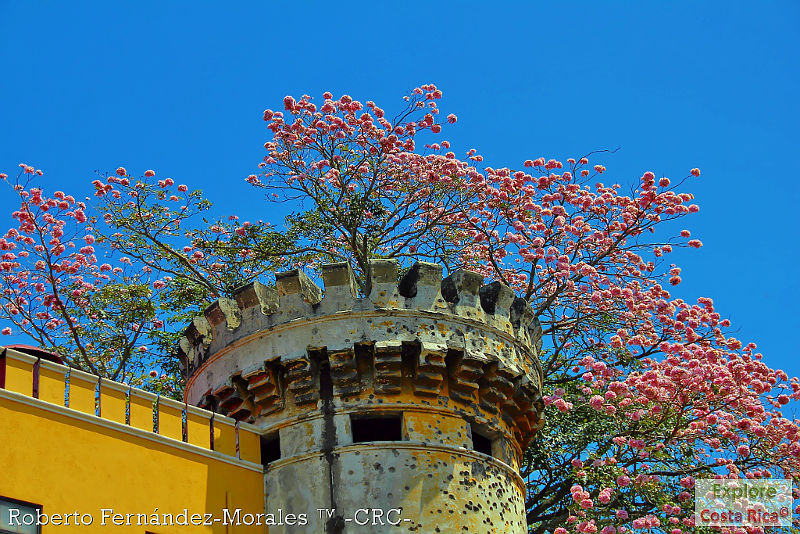





































































































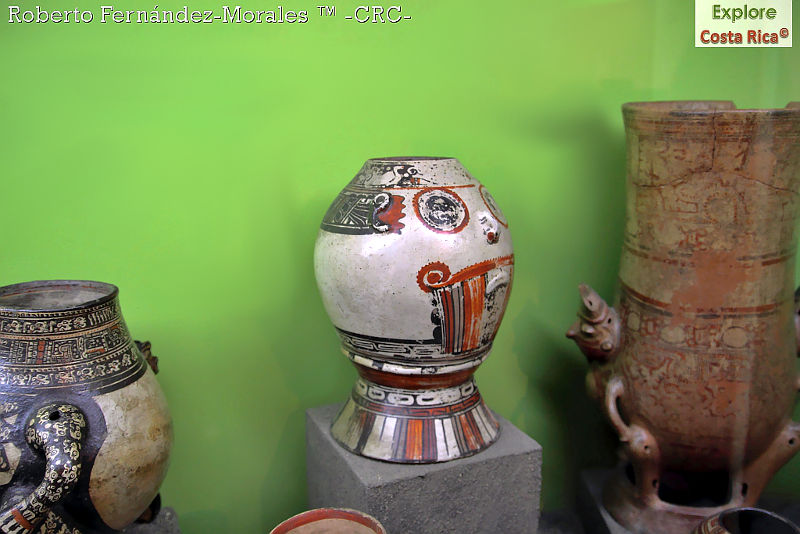






















































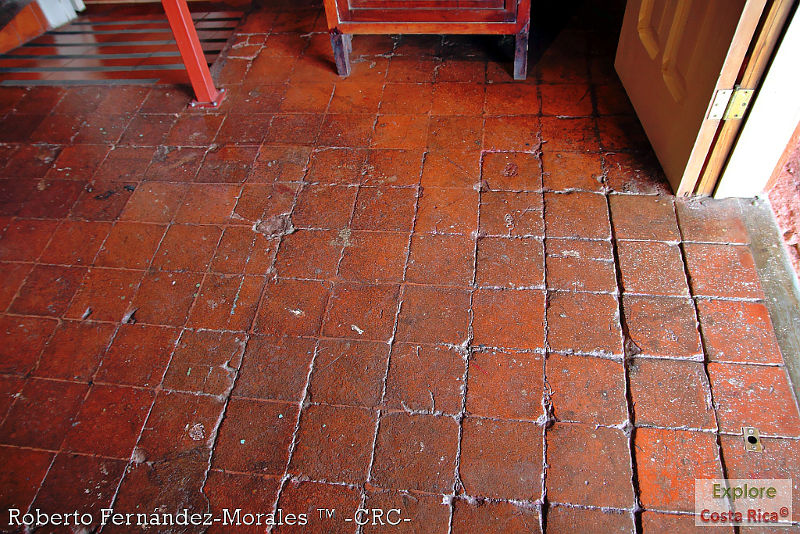



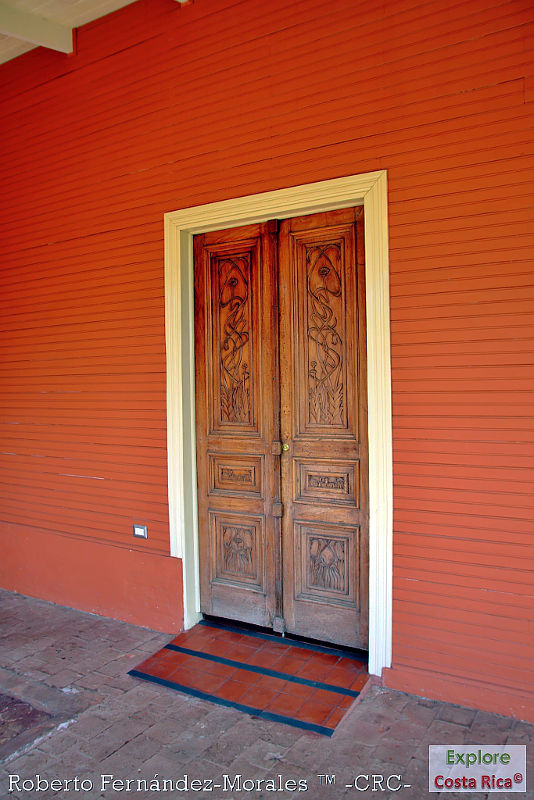















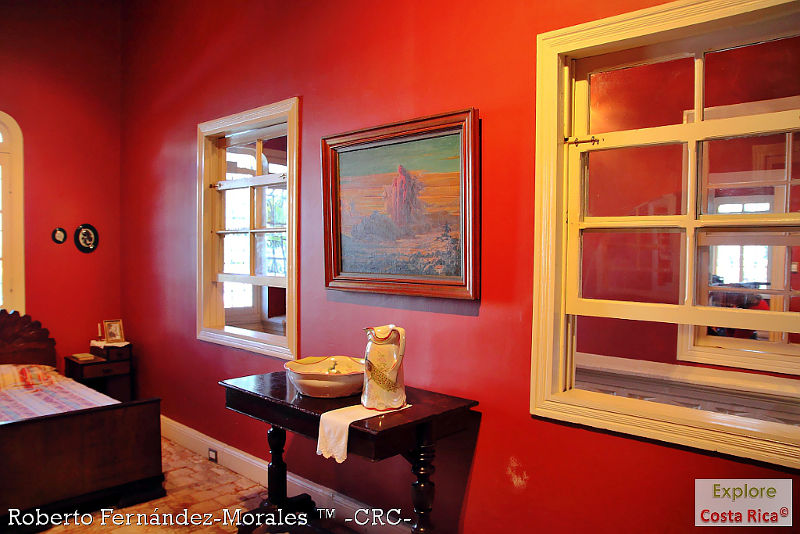



















































































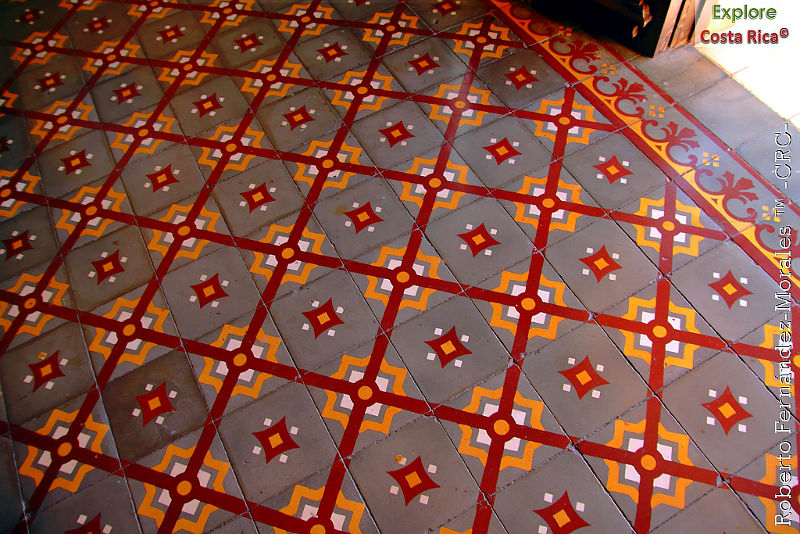












4 comentarios:
Esta buenisimo..... Gracias Roberto, por ilustrarme en este tema tan nuestro, tan propio de nuestra historia contemporanea.
Estimado Carlos:
Muchas gracias por el comentario, el cual es muy motivador.
Nos alegra mucho que te haya gustado la información de esta entrada y esperamos siempre poder proveer temas interesantes para todos.
Un abrazo.
Excelente entrada...fascinante la historia del panal y su miel. Las fotos muestran la maravillosa historia de nuestra cultura y sus riquezas. Te felicito, esta bellisimo.
PD: La foto de perfil....mi favorita!!
Querida Libia:
Muchas gracias por el comentario. Nuestra historia está llena de anécdotas que son importantes de conocer.
Me alegra que te guste la foto del perfil. Espero algún día vender algún producto en la Feria del Agricultor.
Un beso.
Publicar un comentario